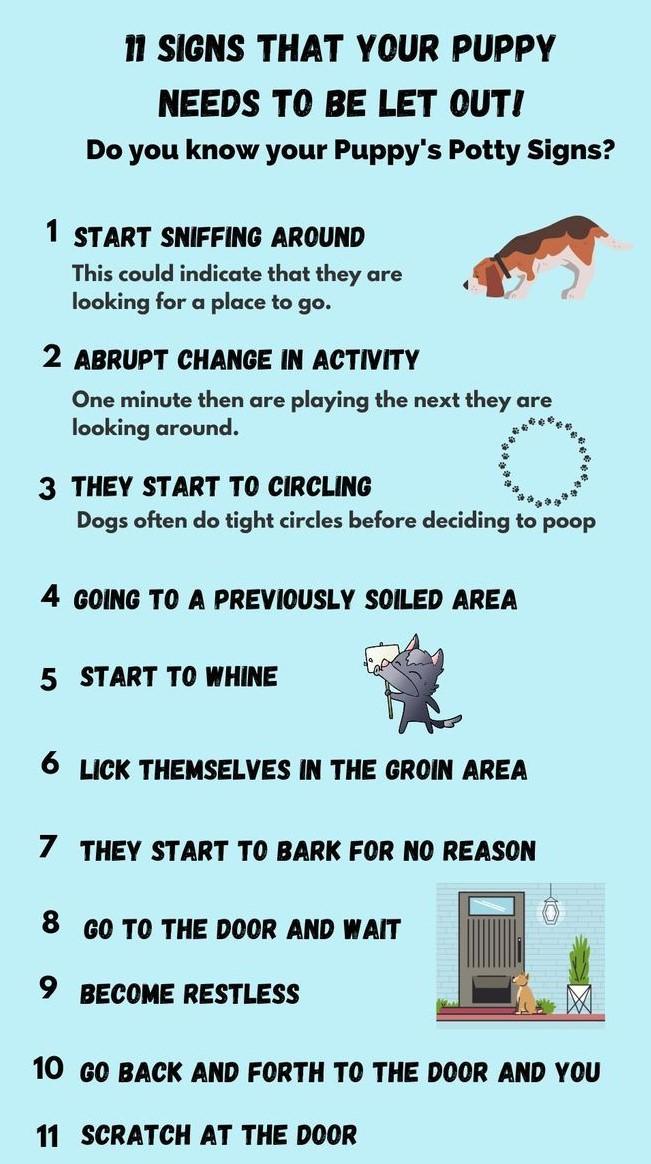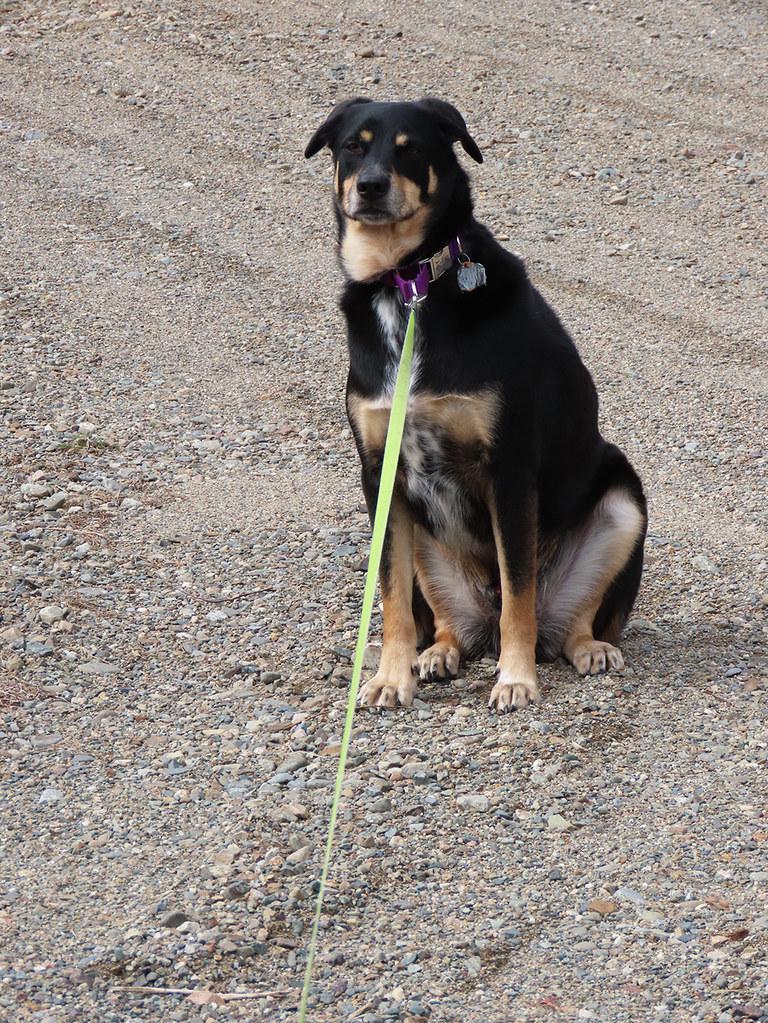Potty training can be a challenging milestone for dog owners, especially when faced with a particularly stubborn pup. Whether you’re a seasoned pet parent or new to the joys and trials of dog ownership, navigating the path to a potty-trained pooch requires patience, consistency, and a sprinkle of creativity. In this article, we will explore a range of effective solutions tailored specifically for those determined dogs who might need a little extra guidance. With a warm heart and an open mind, let’s embark on this journey together to ensure your furry friend masters the art of proper potty etiquette, transforming potential frustration into a rewarding bonding experience.
Understanding Your Dogs Reluctance to Potty Train
Many dog owners face the perplexing challenge of a pet that seems uninterested or resistant to potty training. It’s important to remember that your furry friend isn’t being difficult on purpose. Understanding the root causes of this reluctance can pave the way for more effective training strategies. Stress and anxiety are common culprits; a new environment or changes in household dynamics can unsettle your dog. Medical issues, such as urinary tract infections or digestive problems, might also be contributing factors. Always rule out health problems with a veterinarian before assuming behavioral issues.
To tackle these challenges, start by assessing your dog’s routine and environment. Consider the following tips to create a more conducive potty training atmosphere:
- Consistency is key: Establish a regular schedule for feeding and potty breaks to build a predictable routine.
- Positive reinforcement: Reward your dog with treats or praise immediately after they successfully potty outside.
- Create a designated potty area: Encourage your dog to use a specific spot, helping them associate it with doing their business.
- Minimize distractions: Ensure the potty area is quiet and free from potential distractions that might disrupt the process.
- Patience and understanding: Remember, every dog learns at their own pace. Be patient and supportive, offering gentle guidance throughout the process.
By addressing these aspects and approaching training with empathy and consistency, you can help your dog overcome their reluctance and develop good potty habits.

Creating a Consistent Routine for Successful Training
Establishing a reliable schedule is key to overcoming the challenges of training a strong-willed pup. Dogs thrive on routine, and a well-structured timetable can significantly enhance the potty training process. Begin by setting specific times for meals, walks, and bathroom breaks. Consistency is crucial, as it helps your dog anticipate when it’s time to relieve themselves, reducing accidents and confusion. Aim for early morning, after meals, and before bedtime as prime opportunities to take your dog out.
- Regular Feeding Schedule: Stick to fixed meal times to regulate their digestion and predict potty needs.
- Frequent Bathroom Breaks: Initially, take them out every couple of hours and gradually extend the interval as they improve.
- Positive Reinforcement: Reward successful bathroom trips with praise or treats to encourage good behavior.
As you develop this consistent routine, remain patient and observant. Each dog learns at their own pace, and understanding their unique signals can help tailor the schedule to suit their needs. Remember, a structured routine not only aids in potty training but also strengthens your bond with your furry friend, as they learn to trust and rely on you for guidance.
Positive Reinforcement Techniques to Encourage Good Behavior
- Treats and Rewards: One of the most effective ways to encourage your furry friend during potty training is through the use of treats. As soon as your dog successfully does their business in the designated spot, offer them a tasty reward. This positive association helps them understand that they’ve done something good. Choose healthy treats that your dog loves, and keep them handy for immediate reinforcement.
- Praise and Affection: Dogs thrive on attention and love, making verbal praise a powerful tool in your training arsenal. As soon as your dog exhibits the desired behavior, shower them with enthusiastic praise. Use a happy tone of voice and phrases like “Good dog!” or “Well done!” to make them feel proud of their accomplishment. Physical affection, such as petting or a gentle scratch behind the ears, further reinforces their positive behavior.
- Consistency and Routine: Establishing a routine is crucial in helping your dog understand when and where they should go. Take them out at the same times each day, such as after meals, first thing in the morning, and before bedtime. This consistency helps them learn what is expected of them and reduces accidents.
- Clicker Training: If you’re open to trying a different approach, consider using a clicker. This method involves making a distinct clicking sound at the exact moment your dog exhibits the desired behavior, followed by a treat. The clicker acts as a precise marker, helping your dog quickly understand which actions are being rewarded.
Common Mistakes to Avoid During Potty Training
- Inconsistency: Dogs thrive on routine. One of the most common errors is not sticking to a consistent schedule. Feeding, potty breaks, and walks should occur at the same times each day to help your dog anticipate when and where they should relieve themselves.
- Using Negative Reinforcement: Punishing your dog for accidents can create fear and anxiety, which may worsen the problem. Instead, focus on positive reinforcement by praising and rewarding your dog when they successfully go potty outside.
- Ignoring Signs: Pay attention to your dog’s signals. Ignoring or missing cues like sniffing around or circling can lead to accidents. Being attentive and responsive to these signs can make a big difference.
- Too Much Freedom Too Soon: Giving your dog free run of the house before they are fully trained can lead to setbacks. Gradually increase their freedom as they demonstrate reliability with their potty habits.
- Not Cleaning Accidents Properly: If accidents aren’t cleaned up thoroughly, the lingering smell can encourage repeat offenses. Use enzymatic cleaners to completely remove odors and stains.

